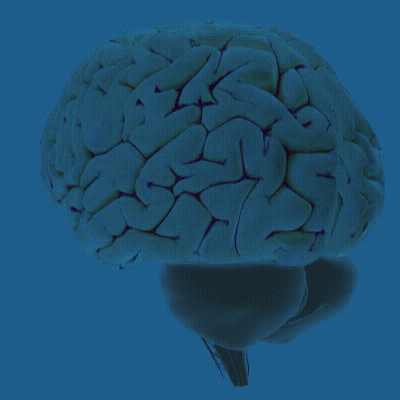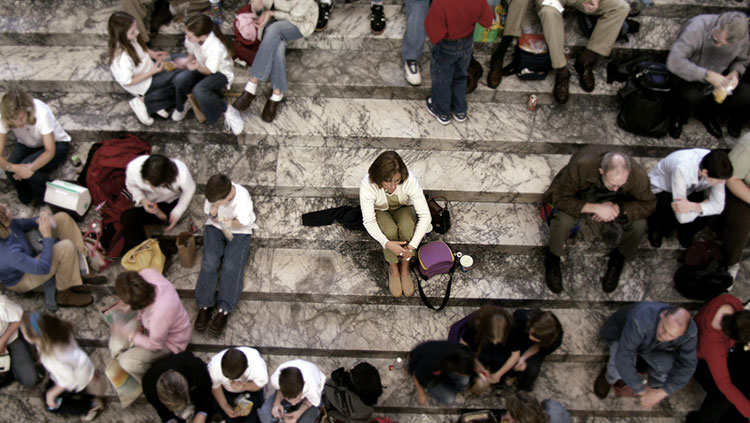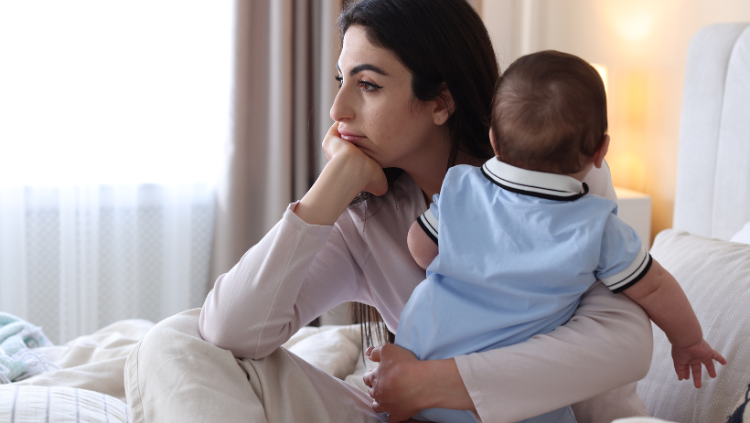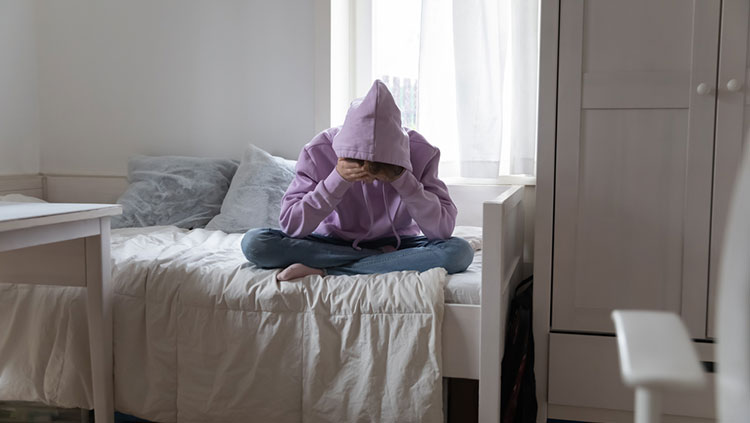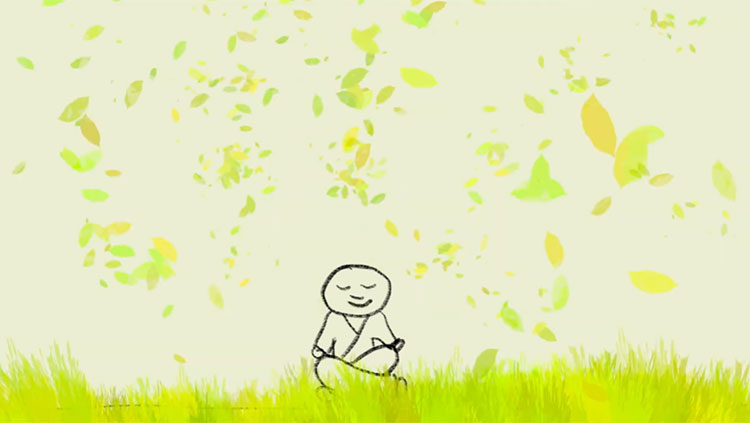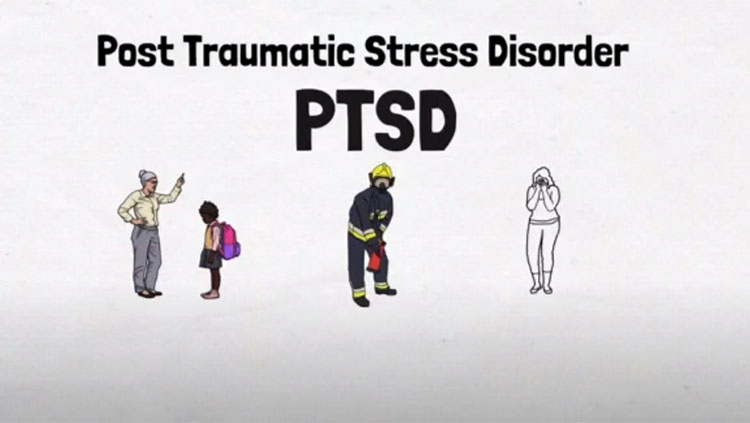Children May Experience ‘Social Cravings’ From Prolonged Isolation
- Published7 Dec 2020
- Author Jackie Rocheleau
- Source BrainFacts/SfN
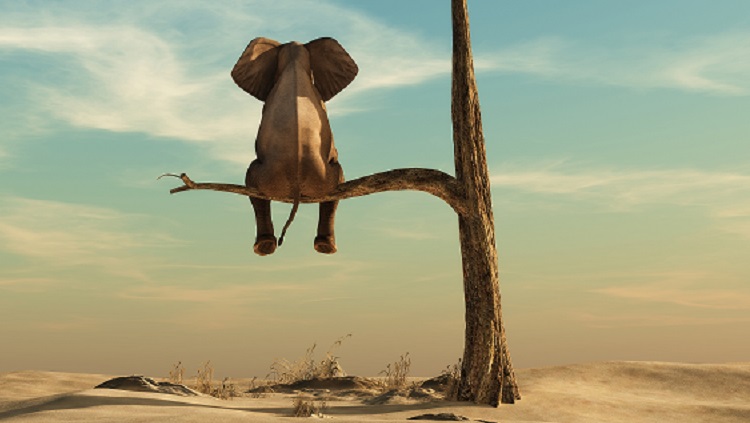
At the end of March, the U.K’s COVID-19 lockdown had just begun. Max, age nine, and his father sat in the dining room of their home in a small town in southern England. Movement outside the window caught their attention. Someone was walking past the house, down the street. Immediately they rushed out the door to talk to the passerby — from a distance.
“Whether they knew the person or not, they were leaping out of the front door to have contact with a human being,” says Judy Claughton, Max’s mother, a communications consultant and meditation teacher. “You could see hunger in their eyes to speak to someone — they need human contact.”
Loneliness drives that hunger. Like Max, other children have grown especially lonely during quarantine. There’s much scientists still need to learn about loneliness, the brain, and mental health, but they know that youth need socialization for healthy development. Loneliness is also associated with clinical depression and anxiety, even months later. Although the long-term effects of the COVID-19 pandemic are unknown, experts have urged clinicians should prepare to confront the mental health consequences of children who are separated from friends and family they had bonds with outside of their household.
Distinct from solitude, loneliness describes a distressful emotion and desire for human connection. COVID-19 lockdowns have, for some, become an incubator for this feeling. “We know that children, young people particularly, are vulnerable to developing mental health problems,” says Maria Loades, a senior lecturer of psychology at the University of Bath. Given that lockdowns have prevented youth from seeing their friends, “We know that they’re likely to get lonelier. That’s bad for mental health.” But it’s not clear if loneliness can cause mental health problems, or vice versa.
Studies of social isolation in animals and loneliness in humans offer clues to how this social distress affects the brain and behavior.
Midbrain structures, evolutionarily old areas situated above the brainstem — in both animals and people — seem important in this domain. When it comes to behavior, according to Mental Health America, lonely children might create imaginary friends, misbehave or act silly for attention, cling to their caregivers, or start acting unsure of themselves. Teenagers might start talking to caregivers more than usual, appear sad, retreat to their rooms, or criticize themselves.
“Dopamine-containing midbrain regions are heavily implicated in motivation, in social behavior, in feeding behavior — doing the things we need to do to survive,” says Gillian Matthews, a research scientist at the Salk Institute.
Young and adolescent rodents, social creatures who, like human youth, seek the company of their peers’, can experience stress after just one day of social isolation. Rodents come out of these brief isolation periods hyperactive and anxious.
In experiments separating rodents from peers during adolescence, brain development takes a different route. Prolonged social deprivation triggers release of more dopamine in reward-related midbrain structures, but less dopamine in the prefrontal cortex. Scientists think that increased release may, in the short term, motivate animals to seek out companions. It also makes them more sensitive to rewards, even after they’re reintroduced to peers. The overall dysregulation of dopamine might change how rodents process important stimuli. These rodents also become anxious, hyperactive, and more aggressive, with impairments to learning and attention skills.
In children, surveys suggest loneliness often co-occurs with depression and anxiety. And, as with rodents, socializing is key to development. “For children, playing with other people is a way they learn about the world. For teenagers, it’s the way they transition to being independent,” says Loades.
So far, few human studies investigate the mechanisms behind this need. Recently, Livia Tomova, postdoctoral researcher at the Massachusetts Institute of Technology, and her team conducted an experiment doing just that. In their study, 40 people each spent 10 hours confined to a room with no social contact. Another day, they fasted for 10 hours. After each 10-hour period, participants had their brains scanned while viewing images meant to cue cravings for social contact or food.
Functional MRI scans revealed that for both conditions, the substantia nigra, a midbrain structure, became active. The published results suggest that loneliness and hunger share brain space. “Almost all of the neurons within that brain region are dopaminergic and fire strongly whenever we want something,” says Tomova.
These results support similar findings from observational studies. A 2013 study from Rutgers University found hunger-related midbrain structures overlap with structures activated when one reports loneliness and views cues meant to elicit a “social craving.”
You could see hunger in their eyes to speak to someone — they need human contact.
For some children, lockdowns make it harder to satiate that craving. Loades and a fellow psychologist realized that the lockdown conditions are, in her words, “a perfect melting pot for creating mental health problems.”
Child and family therapist Dahyana Schlosser noticed an uptick in clients reporting loneliness. “It’s something coming up in almost every session,” she says. While the children who typically have trouble with peers have been doing well with this break from school, Schlosser has seen that children who are more socially connected felt much lonelier than usual.
Though it is imperative for children to maintain safe social-distancing and mask-wearing protocols, there are ways to help them cope. Schlosser says caregivers should listen to children’s feelings and talk them through coping strategies. “Now is prime time to be teaching these skills, how to overcome loneliness,” says Schlosser. Schlosser and Tomova also suggest video chatting and using social media to stay in touch with friends might help mitigate the effects of loneliness for some children and teens. It’s still unclear which types of social media usage might best support the social lives of young people, but Tomova is looking into that question.
Claughton is trying some coping strategies with her own son, encouraging him to come on socially-distanced walks with friends and engage in virtual activities. “I catch glimpses of the old Max,” she says. During a recent virtual Cub Scouts session, a magician performed for the children. Claughton saw the old Max make a reappearance, saying she’d never seen him so engaged with anything online. “It was amazing [to see].”
CONTENT PROVIDED BY
BrainFacts/SfN
References
Loades, M. E., Chatburn, E., Higson-Sweeney, N., Reynolds, S., Shafran, R., Brigden, A., … Crawley, E. (n.d.). Rapid Systematic Review: The Impact of Social Isolation and Loneliness on the Mental Health of Children and Adolescents in the Context of COVID-19. Journal of the American Academy of Child & Adolescent Psychiatry. doi: 10.1016/j.jaac.2020.05.009
Orben, A., Tomova, L., & Blakemore, S.-J. (2020). The effects of social deprivation on adolescent development and mental health. The Lancet Child & Adolescent Health, 4(8), 634–640. doi: 10.1016/S2352-4642(20)30186-3
Orgilés, M., Morales, A., Delvecchio, E., Mazzeschi, C., & Espada, J. P. (2020, April 21). Immediate psychological effects of the COVID-19 quarantine in youth from Italy and Spain. https://doi.org/10.31234/osf.io/5bpfz
Early Childhood Mental Health. Center on the Developing Child at Harvard University. (2017, February 14). https://developingchild.harvard.edu/science/deep-dives/mental-health/.
Health, “Most potential mental health problems will not become mental health problems if we respond to them early ” InBrief: Early Childhood Mental. (n.d.). Early Childhood Mental Health. Retrieved September 29, 2020, from Center on the Developing Child at Harvard University website: https://developingchild.harvard.edu/science/deep-dives/mental-health/
Adolecent mental health. (n.d.). World Health Organization. Retrieved September 29, 2020, from https://www.who.int/news-room/fact-sheets/detail/adolescent-mental-health
Bhanji, J. P., & Delgado, M. R. (2014). The social brain and reward: Social information processing in the human striatum. Wiley Interdisciplinary Reviews. Cognitive Science, 5(1), 61–73. PubMed (24436728). doi: 10.1002/wcs.1266
Is Your Child Lonely? (For Parents). (n.d.). Retrieved September 29, 2020, from Mental Health America website: https://mhanational.org/your-child-lonely-parents
Matthews, G. A., Nieh, E. H., Vander Weele, C. M., Halbert, S. A., Pradhan, R. V., Yosafat, A. S., … Tye, K. M. (2016). Dorsal Raphe Dopamine Neurons Represent the Experience of Social Isolation. Cell, 164(4), 617–631. doi: 10.1016/j.cell.2015.12.040
Stickley, A., Koyanagi, A., Koposov, R., Blatný, M., Hrdlička, M., Schwab-Stone, M., & Ruchkin, V. (2016). Loneliness and its association with psychological and somatic health problems among Czech, Russian and U.S. adolescents. BMC Psychiatry, 16(1), 128. doi: 10.1186/s12888-016-0829-2
Tomova, L., Wang, K., Thompson, T., Matthews, G., Takahashi, A., Tye, K., & Saxe, R. (2020). The need to connect: Acute social isolation causes neural craving responses similar to hunger. BioRxiv, 2020.03.25.006643. doi: 10.1101/2020.03.25.006643
Golberstein, E., Wen, H., & Miller, B. F. (2020). Coronavirus Disease 2019 (COVID-19) and Mental Health for Children and Adolescents. JAMA Pediatrics, 174(9), 819–820. doi: 10.1001/jamapediatrics.2020.1456
What to Read Next
Also In Mental Health
Trending
Popular articles on BrainFacts.org



